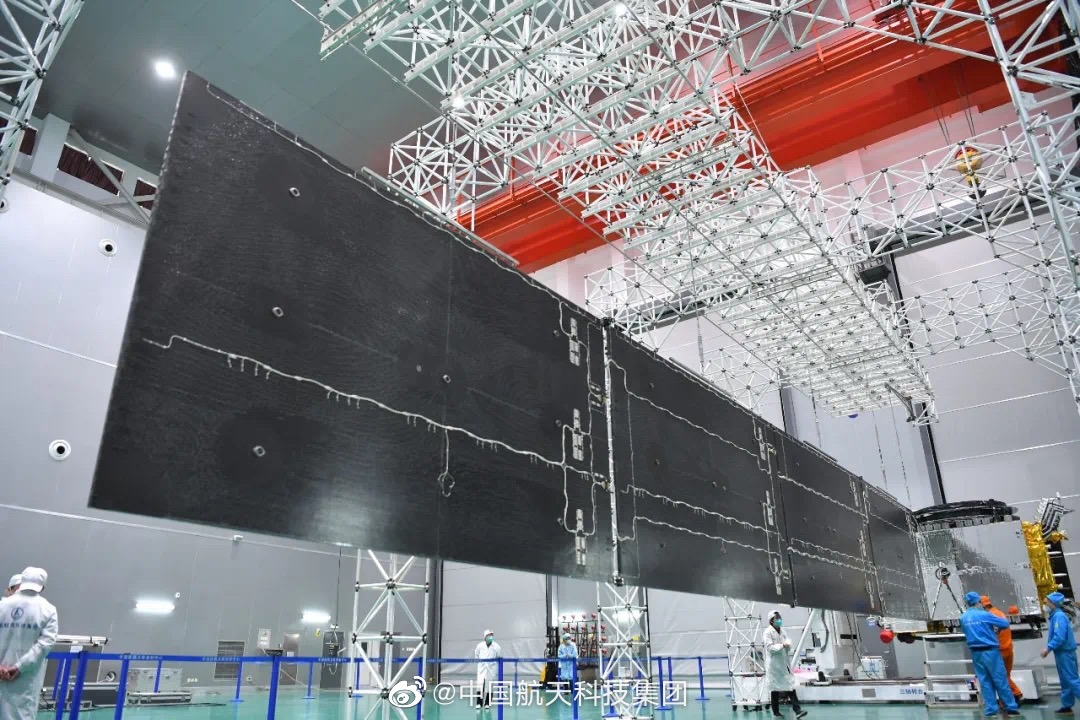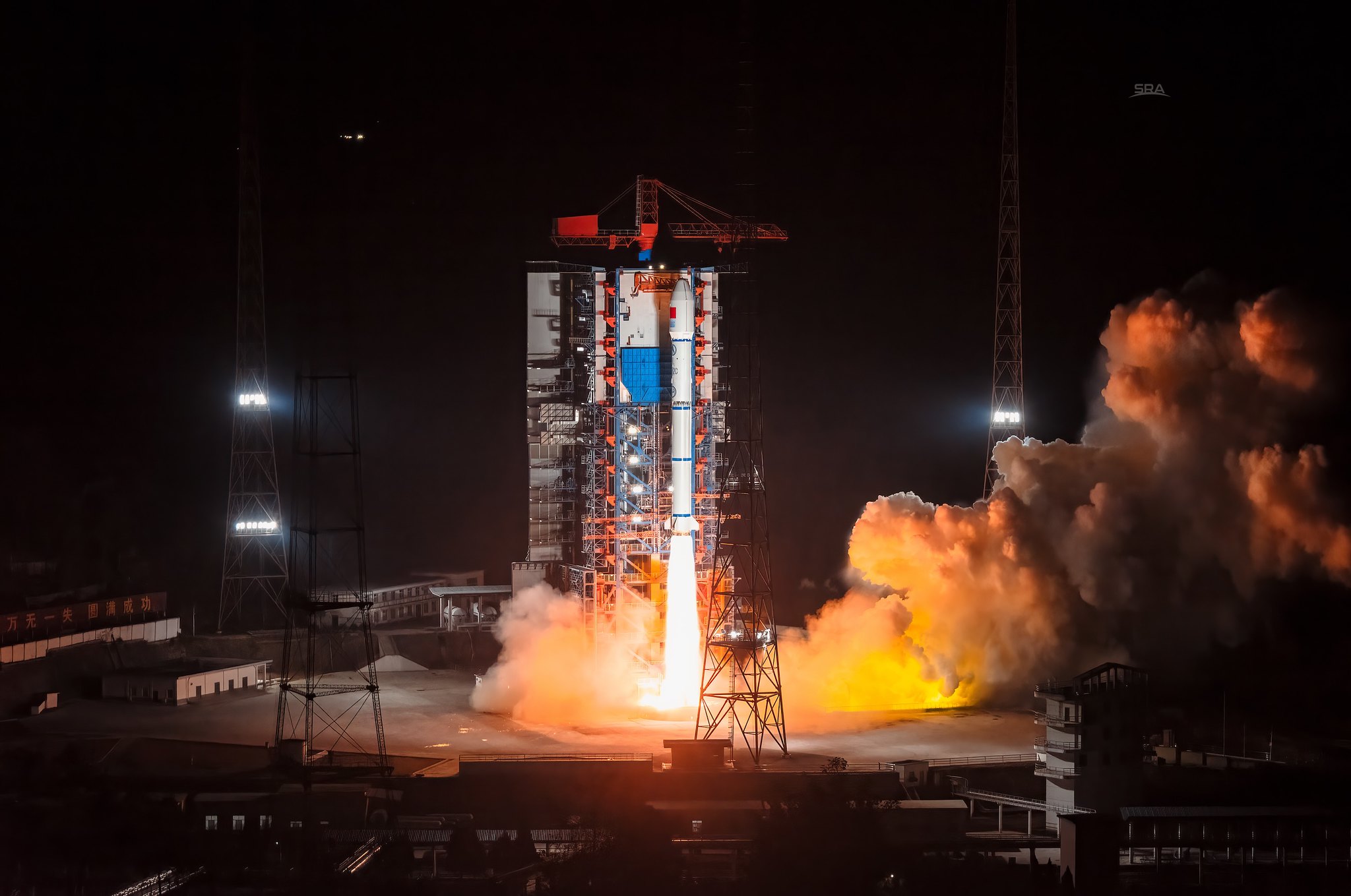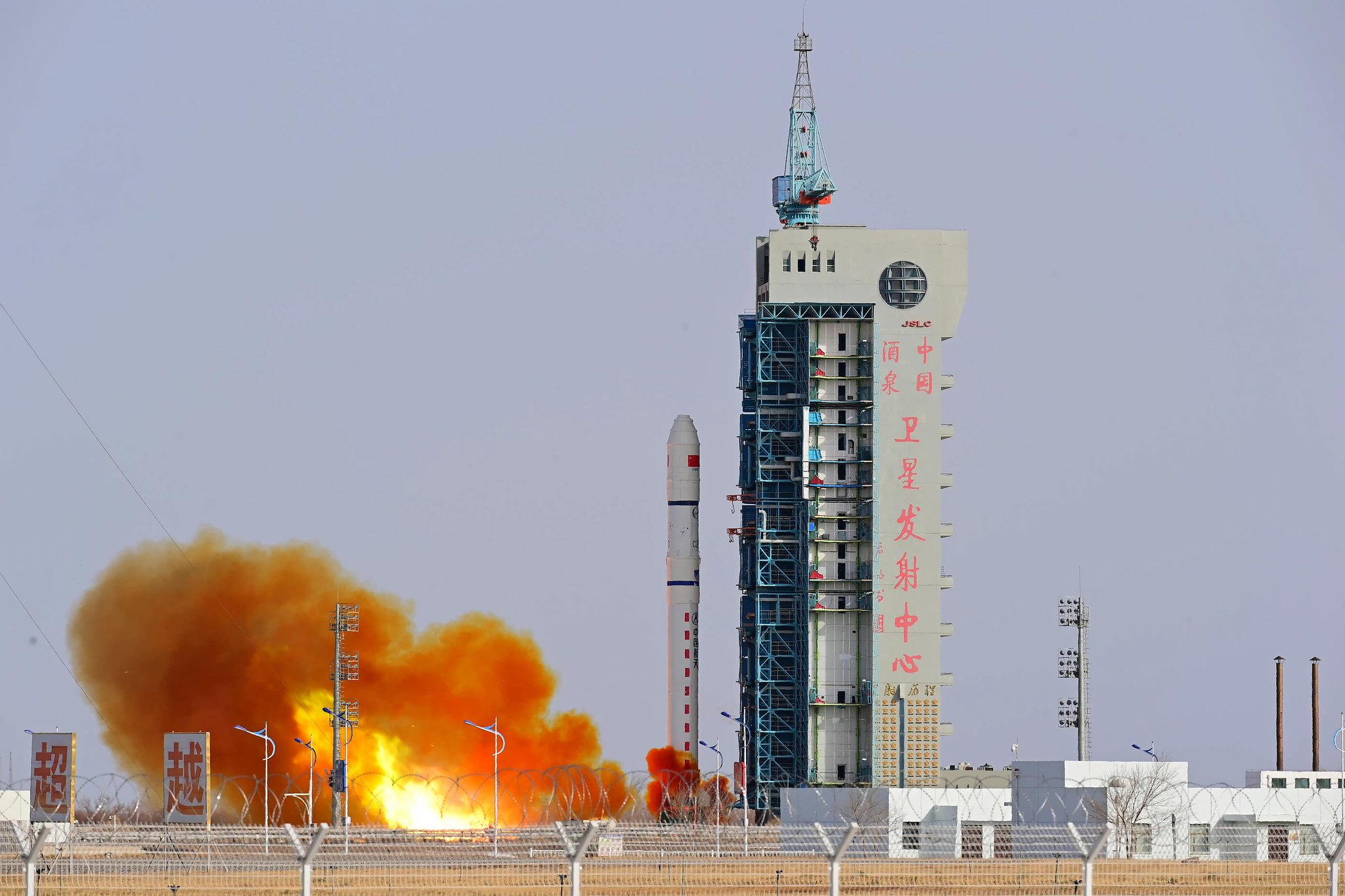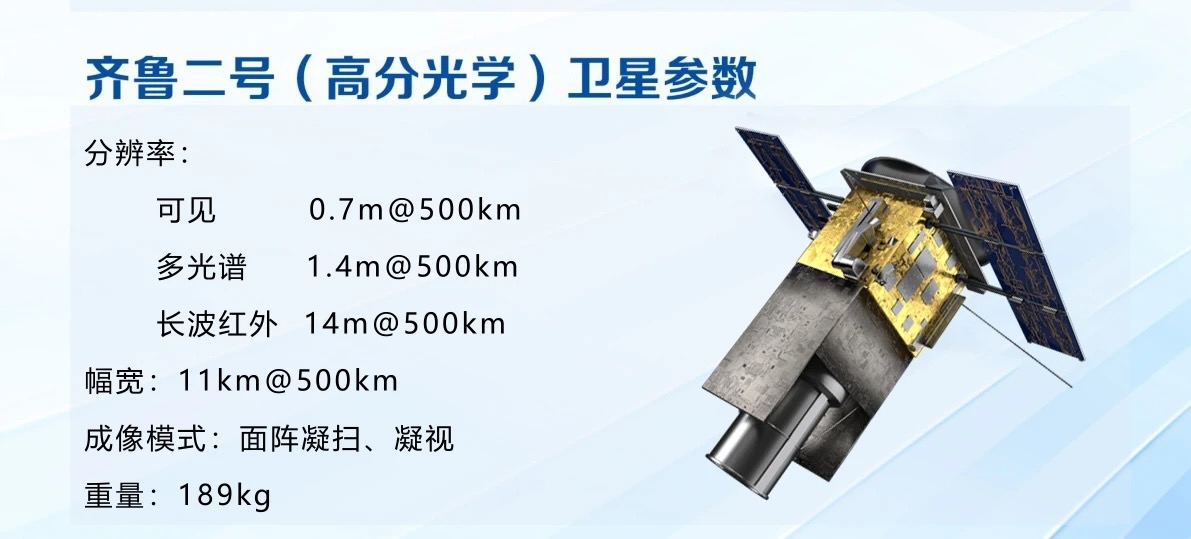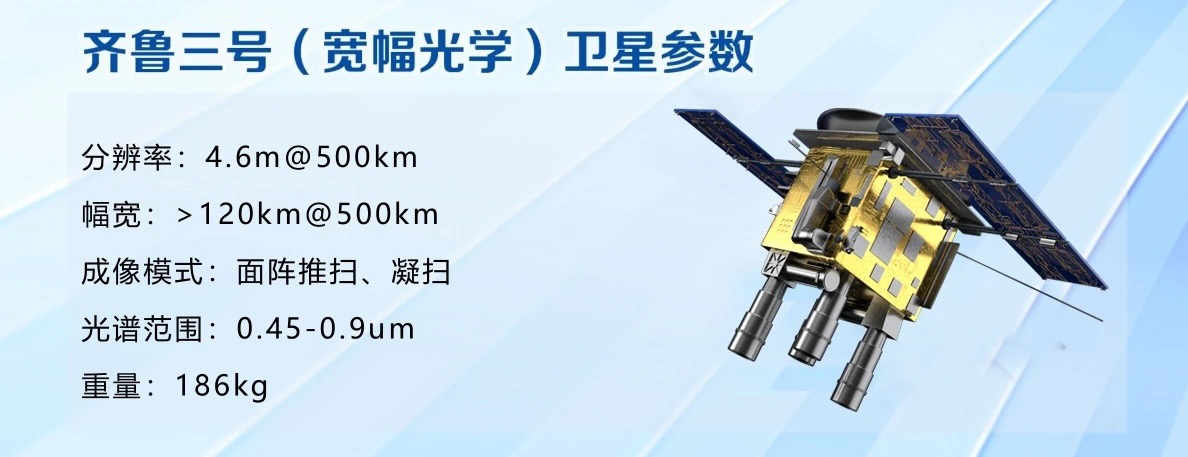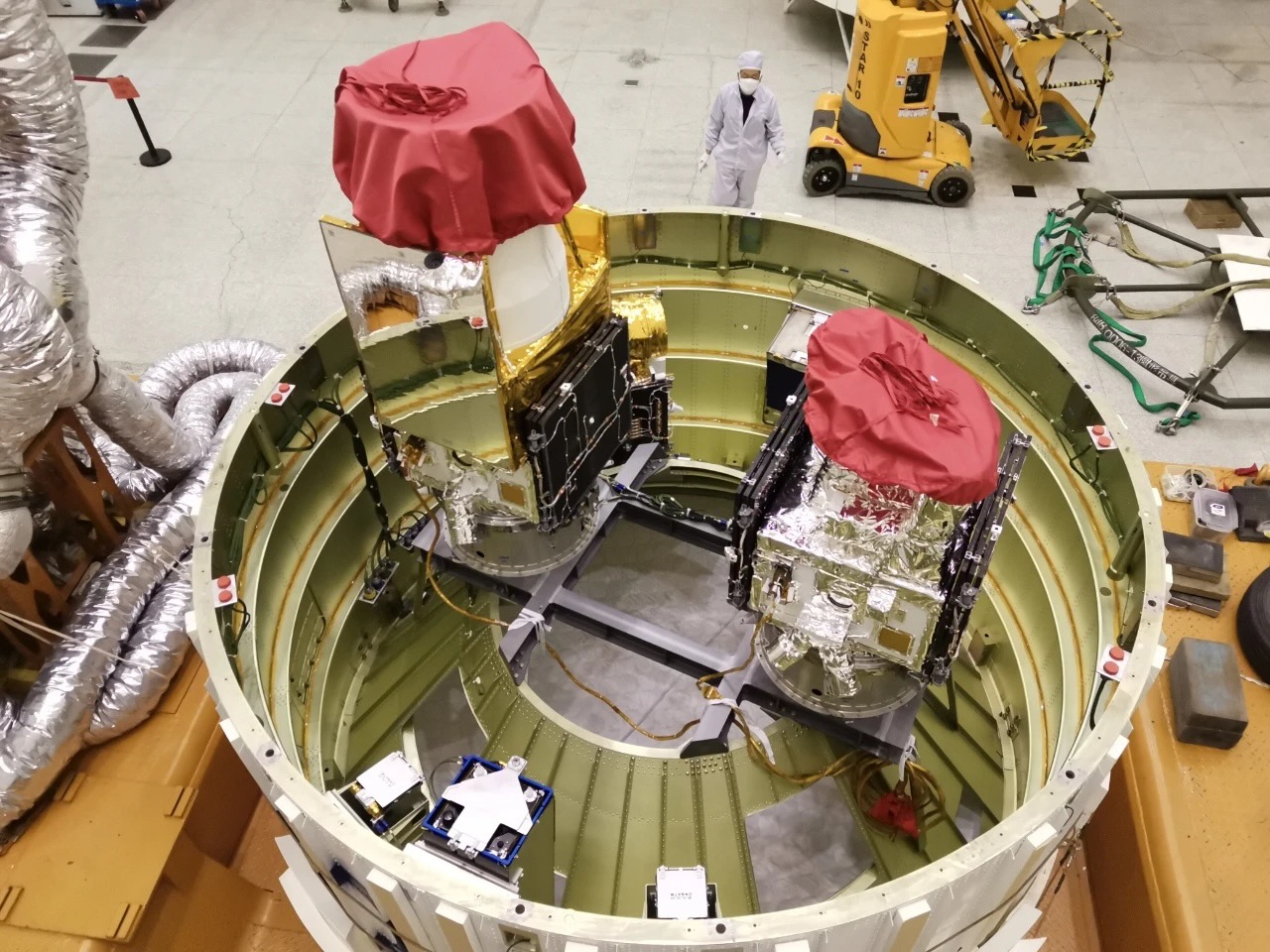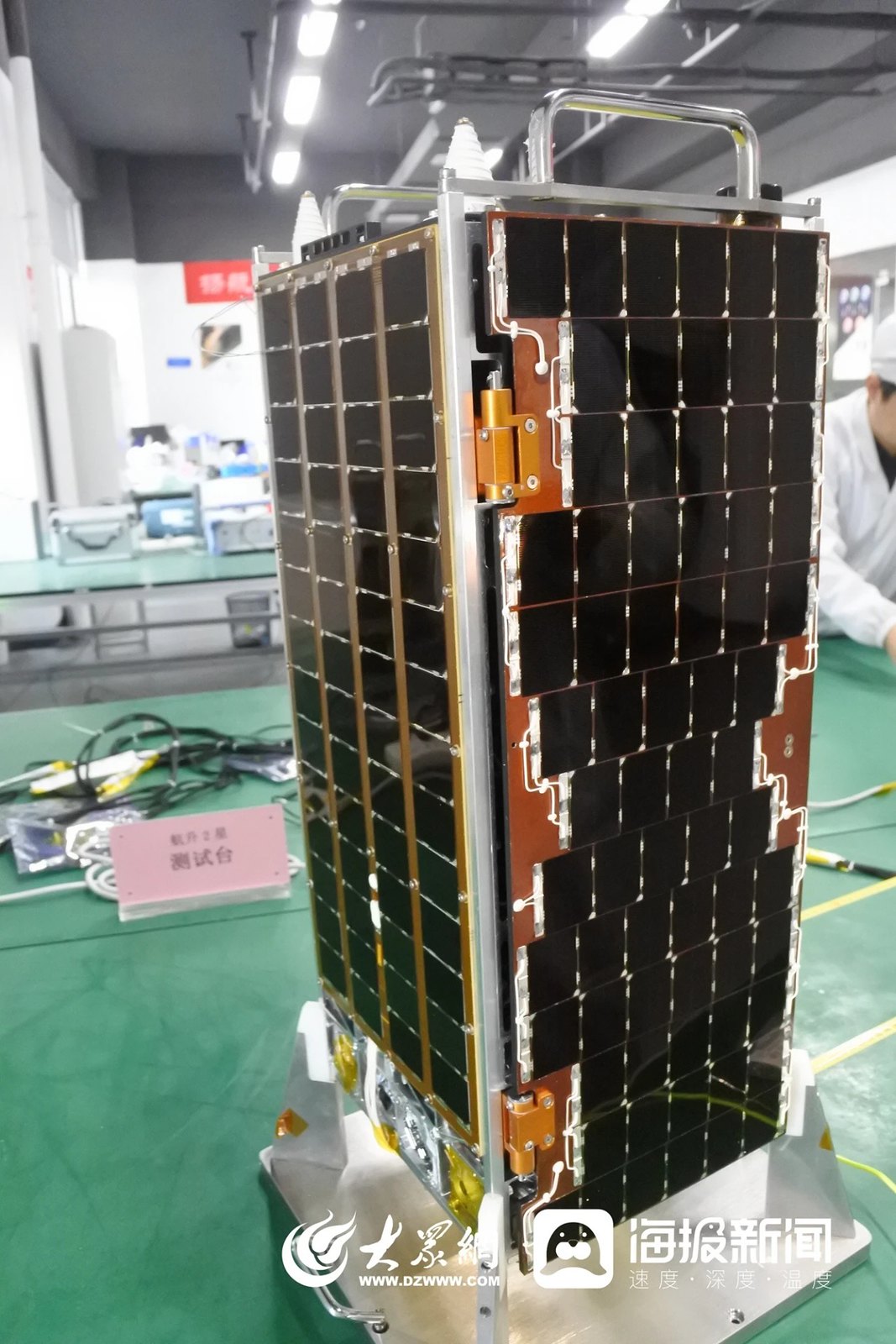WOW, this is the most powerful engine with 3D printed combustion chamber as far as I know.
The article stated 我国最大尺寸全3D打印的全不锈钢结构推力室, largest 3D printed steel combustion chamber in China. But I searched around and found that the largest 3D printed combustion chamber outside China is "Launcher E-2" 9.9t. Don't know why CASC is being so moderate.
Another thing impressive is that the chamber is made of stainless steel, it is much cheaper compared with other exotic materials.
After some more digging, this YF-102 seems to have a unique design "Open cycle staged combustion". It's combustion chamber is divided in two, top and bottom. The top chamber is fuel rich (all fuel and partial oxygen), part of the hot gas is diverted to drive the pump then dumped, the rest is mixed with main line of oxygen to combust in the bottom chamber. In contrast, in a gas generator cycle, the hot gas driving the pump is dumped without being used in the combustion chamber, therefor not staged combustion.
By this design it should be more fuel efficient (higher impulse) than a gas generator cycle engine, but mush simpler and lighter than a closed cycle staged combustion engine. It is also much simpler and therefor cheaper than a gas generator engine because it essentially prints the gas generator, combustion chamber and the plumbings all in one piece.
P.S. I know someone may say that there was some gas generator engine redirects the turbine gas to burn. That redirection is to the nozzle, not the main combustion chamber, it hardly create any extra thrust.
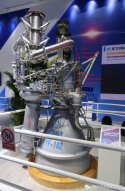
Also a patent




